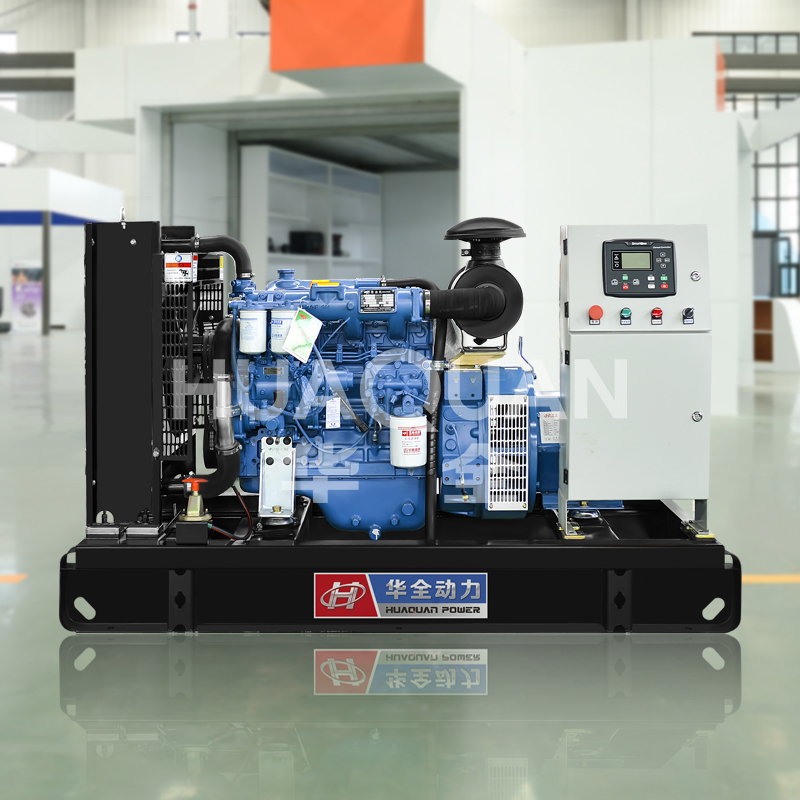2025-07-21Browse Index:
A Marine generator is a power supply device that powers ship navigation, communications, and onboard equipment. To ensure its reliability and longevity, regular maintenance is important. Here are the basic practices to keep Marine generator running smoothly in harsh marine conditions.

1. Routine Inspection and Cleaning
Saltwater, humidity, and vibrations can degrade a Marine generator over time. Regularly inspect for corrosion, loose connections, or fuel/oil leaks. Clean air filters and cooling systems to prevent clogging, which reduces efficiency. Pay special attention to electrical components to avoid short circuits.
2. Lubrication and Fluid Management
Proper lubrication minimizes friction in moving parts. Check oil levels frequently and replace them as recommended by the manufacturer. For diesel Marine generator, monitor fuel quality to prevent contamination, which can damage injectors and pumps.
3. Load Testing and Operational Checks
Run the Marine generator under load periodically to identify irregularities in voltage or frequency. Unusual noises or vibrations may indicate mechanical issues. Test automatic start/stop systems and alarms to ensure they function during emergencies.
4. Corrosion Prevention
Salt accelerates corrosion. Apply anti-corrosion coatings to exposed metal parts and use dielectric grease on electrical connections. Inspect the exhaust system for rust or leaks, as backpressure issues can affect performance.

5. Professional Servicing
While DIY checks are helpful, schedule annual servicing by certified technicians. They can diagnose hidden problems, recalibrate systems, and replace worn-out parts before failures occur at sea.
A well-maintained Marine generator ensures uninterrupted power and safety onboard. By adhering to these practices, you can extend its service life and avoid costly breakdowns. Always refer to the manufacturer’s guidelines for model-specific care.
More information about Marine generator: https://huaquanpower.com/





